When one considers the history of the wrist watch – note the specifics, not the watch, the wrist watch – it is interesting to look at the social aspects of the situation. Watches, as we know, had been around for many decades before the advent of the wrist watch as a popular item, so what was it that made people reluctant to adapt to this new style of time-piece? In fact, wrist watches were – in the first instance – strictly for women, and there is a good reason why this should have been so.
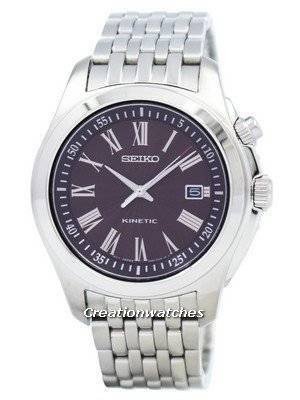
We have to remember that the wrist watch began to become popular in the 1920’s; before this they were treated with the utmost disdain and contempt. A man’s watch – a gold hunter or half hunter pocket watch on a chain – was a status symbol, and the smaller, more dainty and petite wrist watches were for women. They had small cases, and usually chain link bracelets, and were worn for looks more than anything else. Furthermore, such was the mystery of the watch movement that it was difficult to believe that any watchmaker could make a movement accurate enough for a wristwatch design.
The trend for men’s wrist watches came about thanks to the advent of military watches. These were attached to the list and allowed for timekeeping in combat without the clumsy and cumbersome attributes of a pocket watch. After the First World War there came a rush of domestic designs and, with the changing social attitude brought about by the war, the wristwatch became the Mens Watch of choice. Suddenly the pocket watch was old-hat, a device worn only by the upper classes, those who had not been involved first hand in the war, and with mass production on the horizon a quality, accurate wrist watch was in reach of more people than ever before.
In fact, the history of the men’s wrist watch is a potted history of the social changes that the world underwent in the early part of the 20th century. The great tragedies of both World Wars meant the world changed forever, and there is a parallel line between the social revolutions that the western world – in particular – underwent to the development of the ever-more technically advanced wrist watch. It is odd to think that the watches men love so much today have their origins in an item of ladies jewellery long considered a novelty.



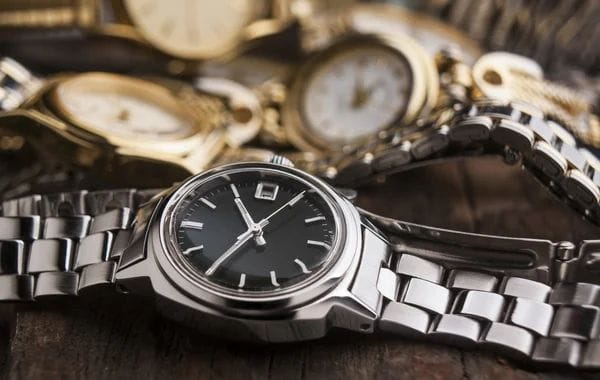

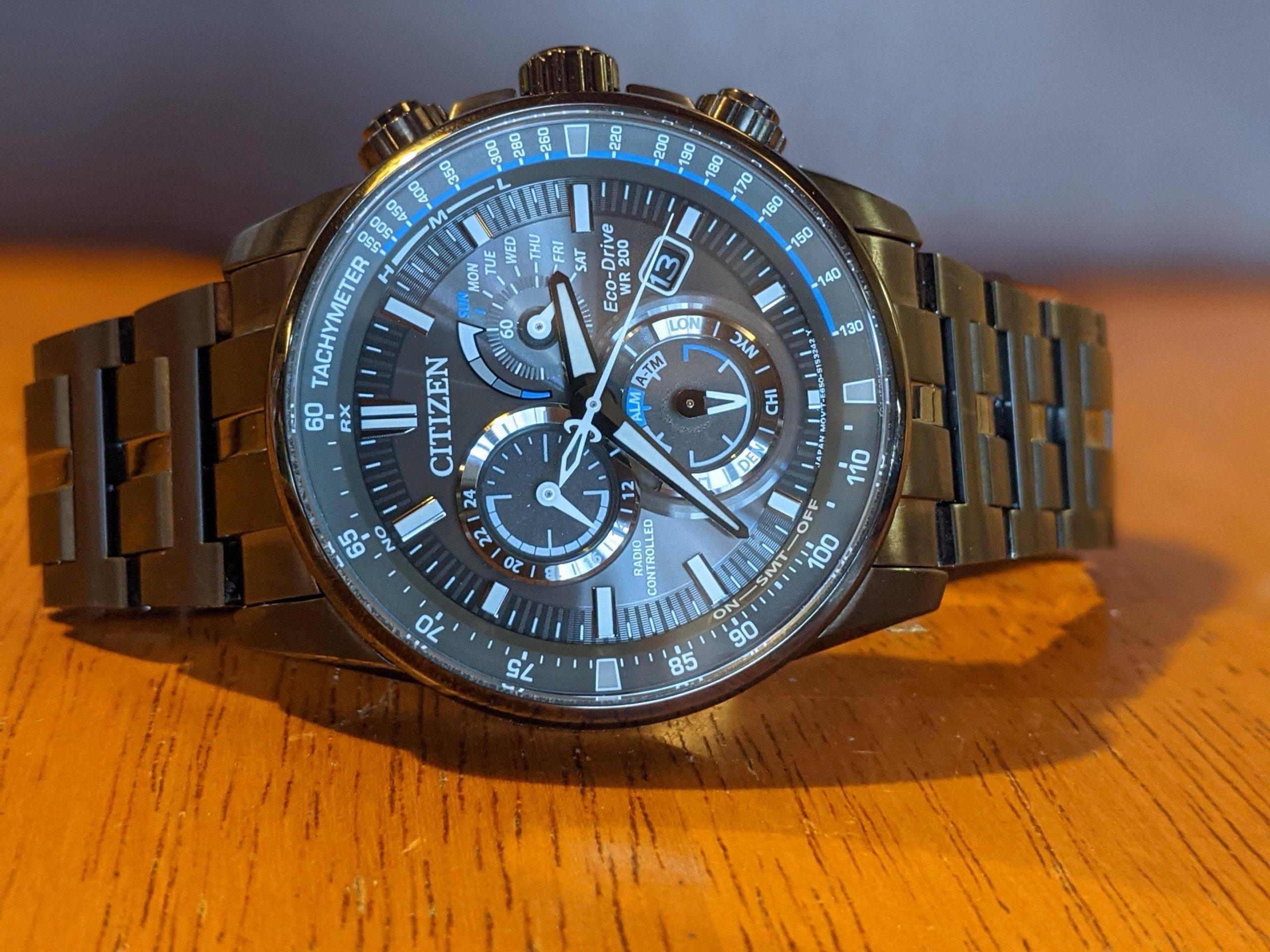
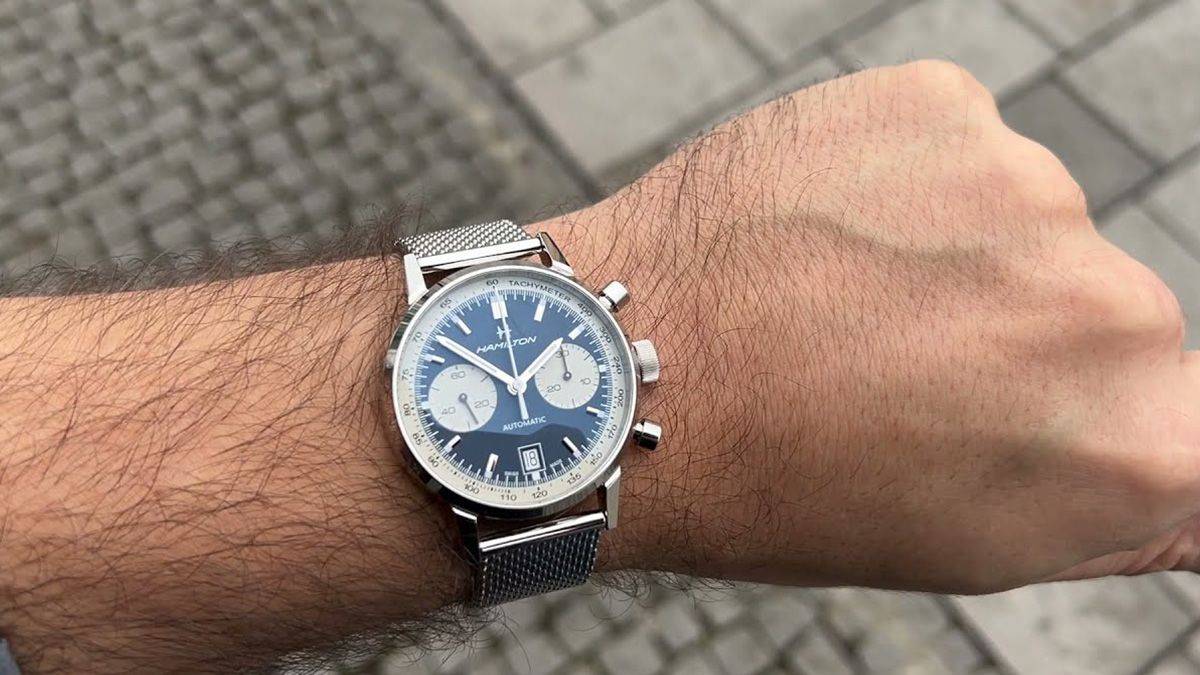



















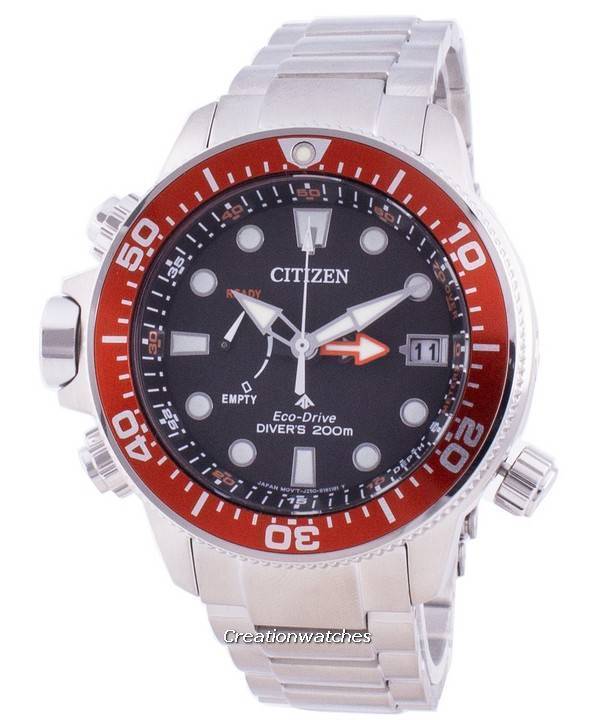


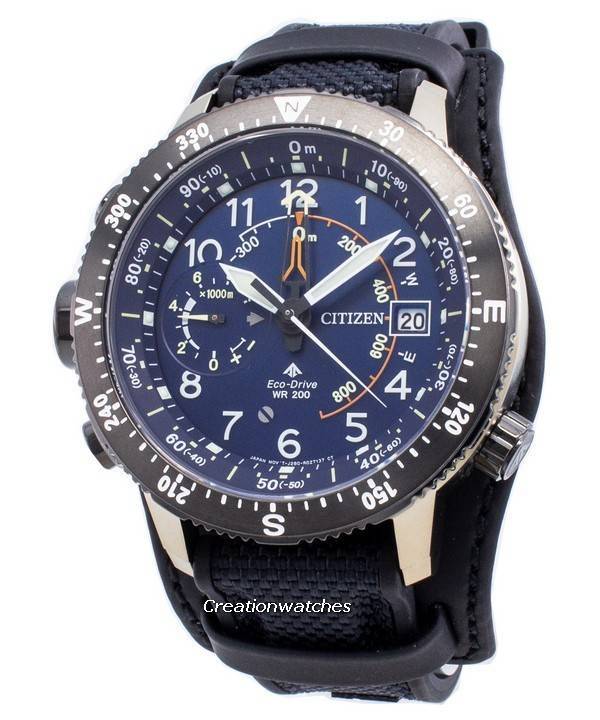
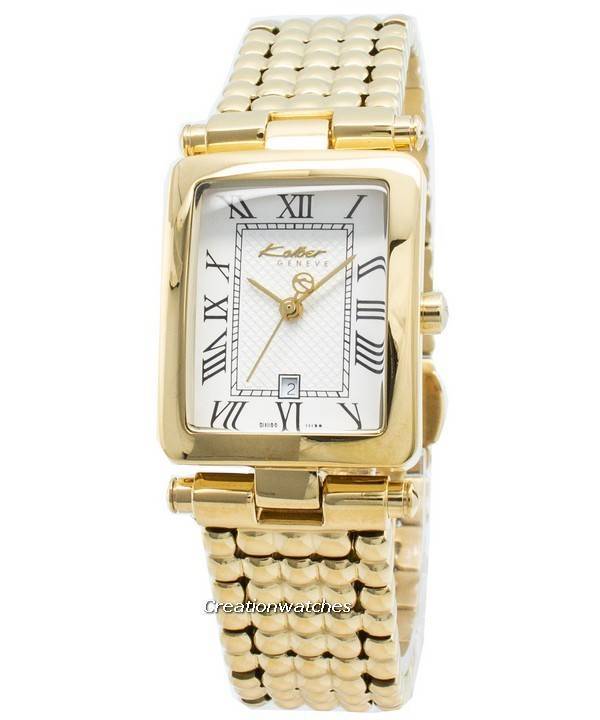




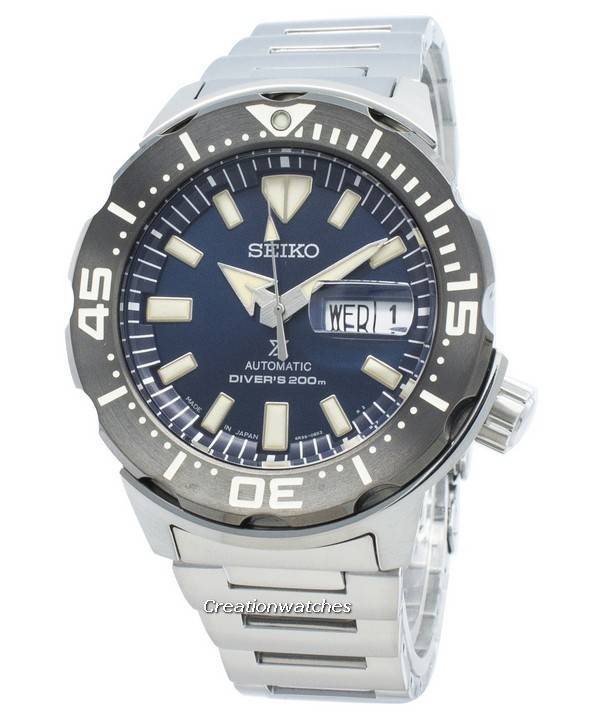




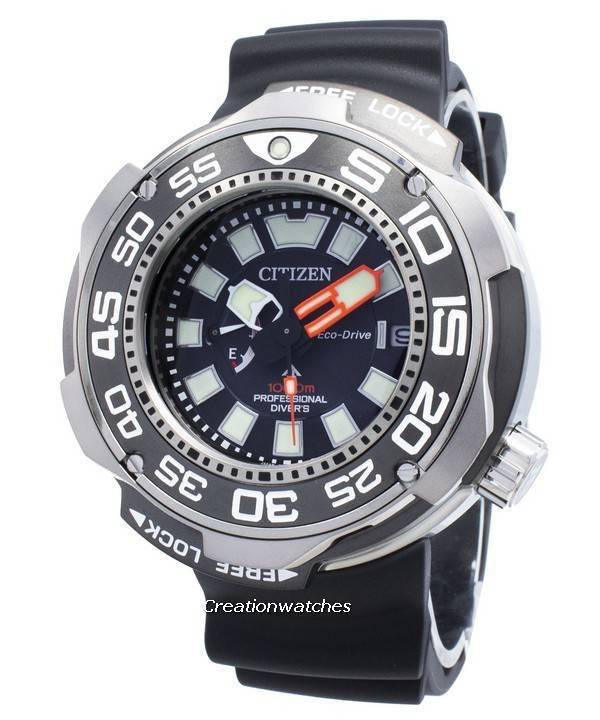


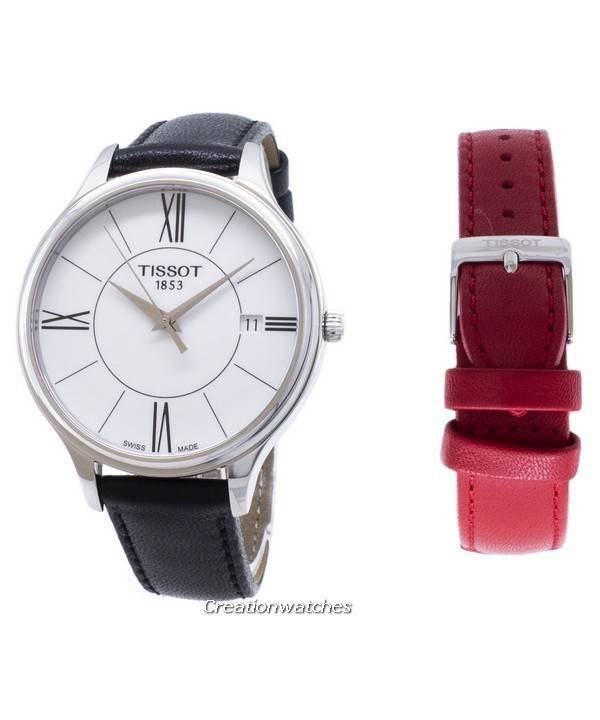
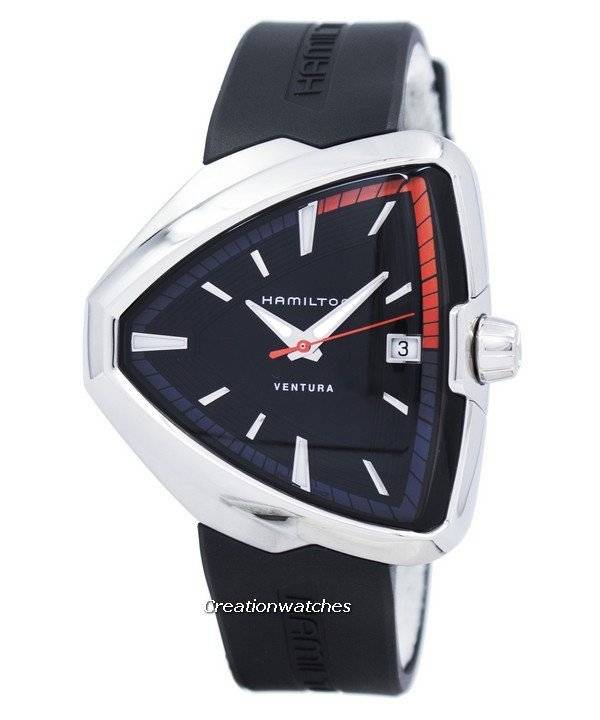

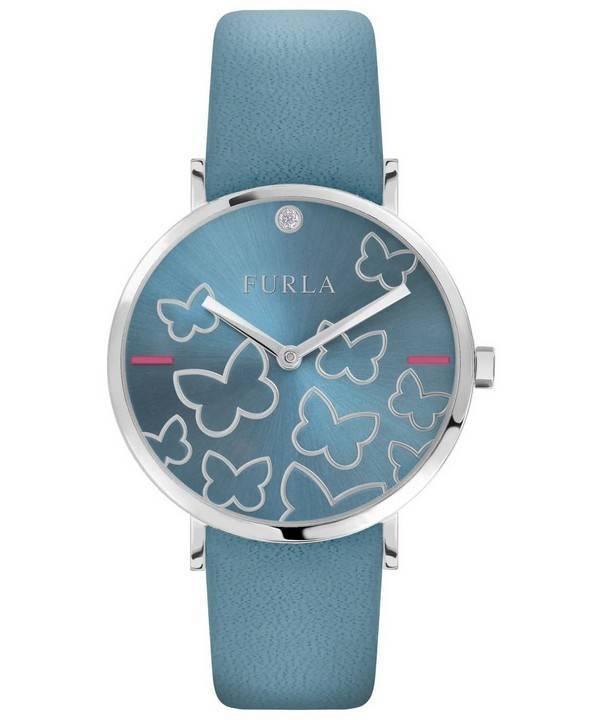






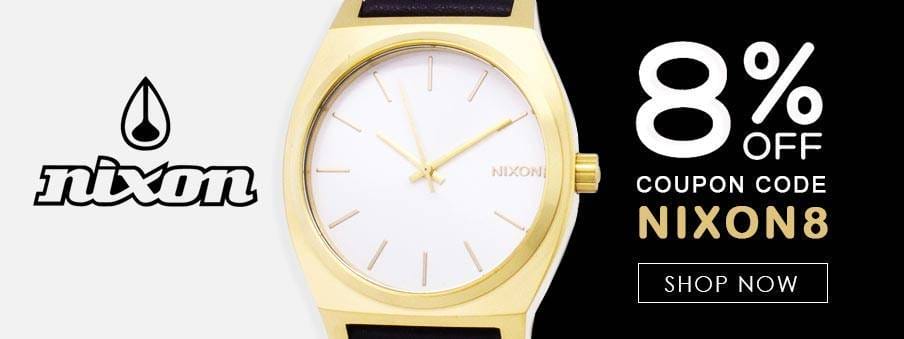




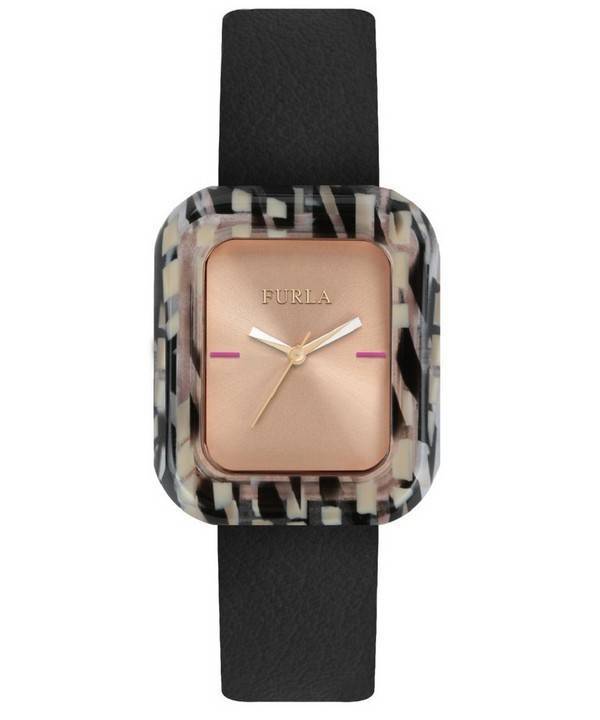





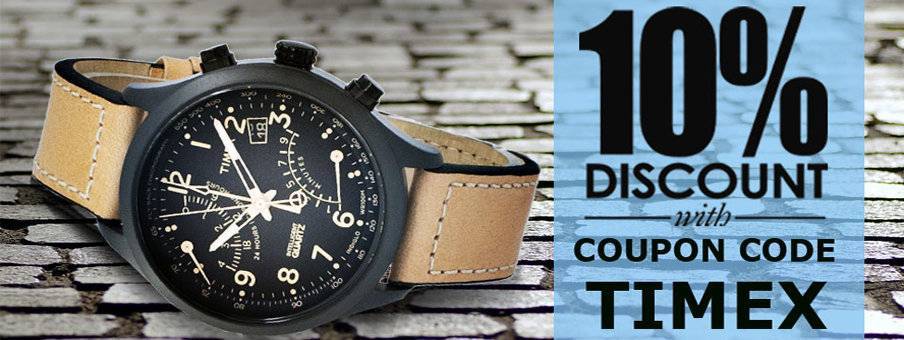


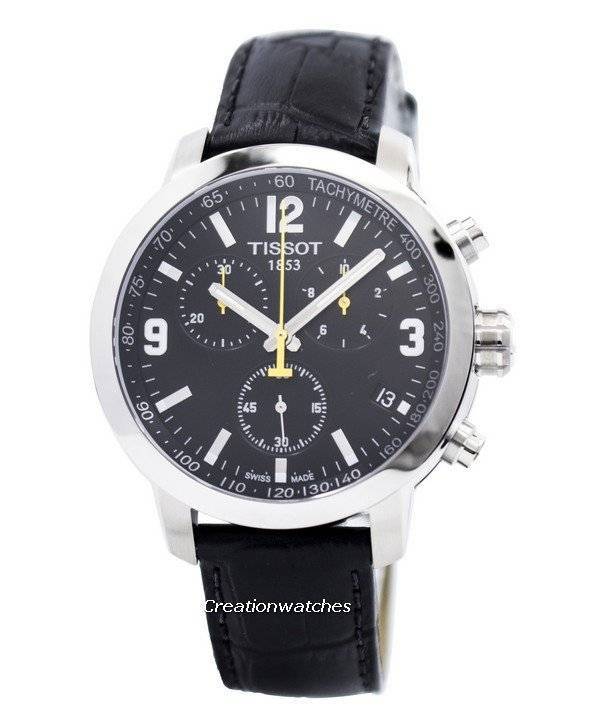

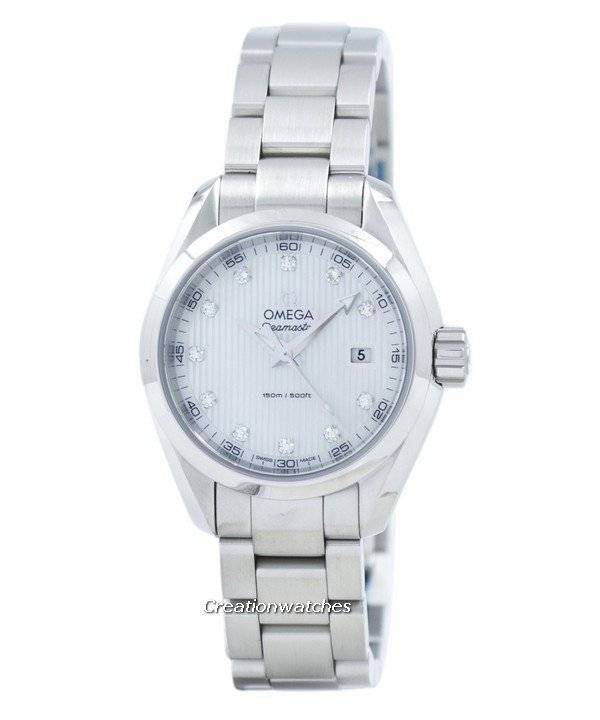

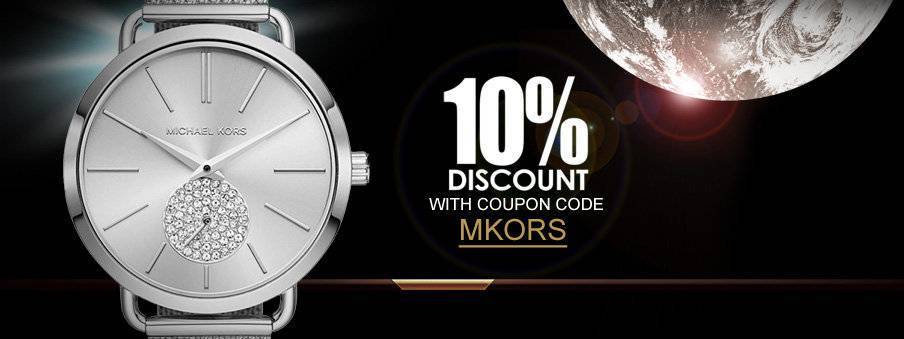

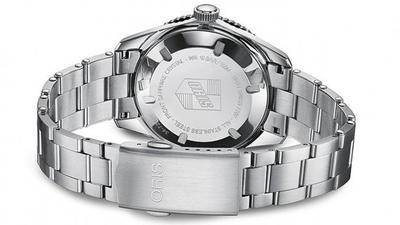



























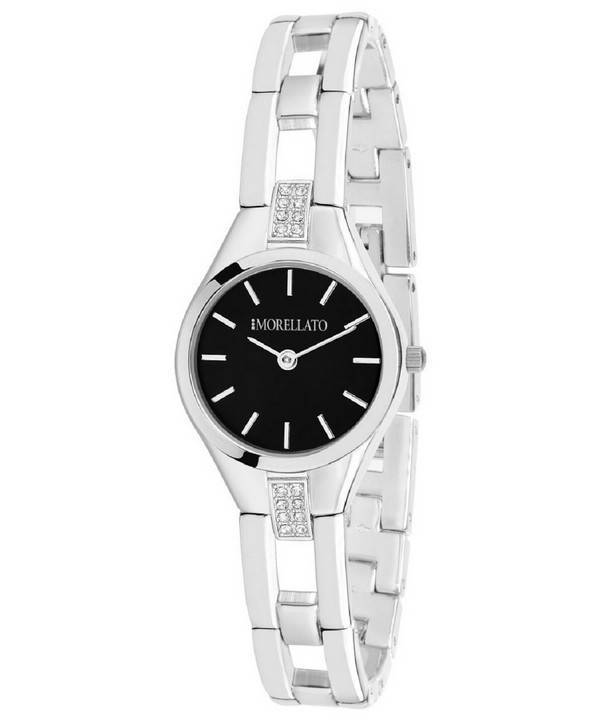





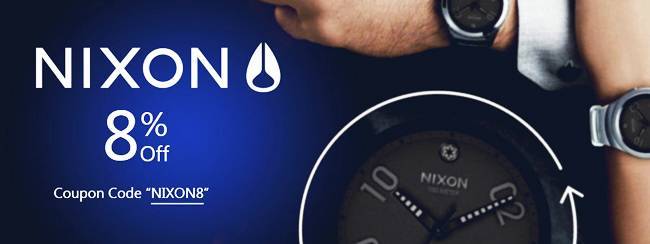




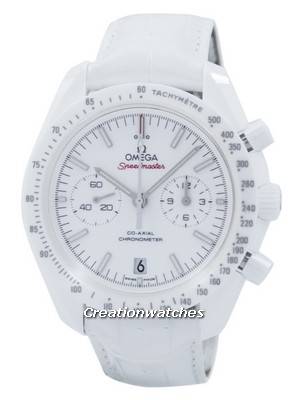




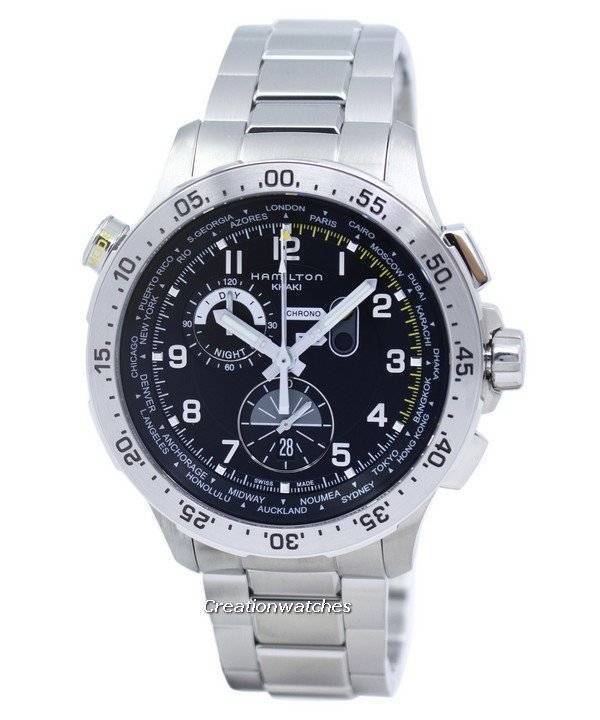
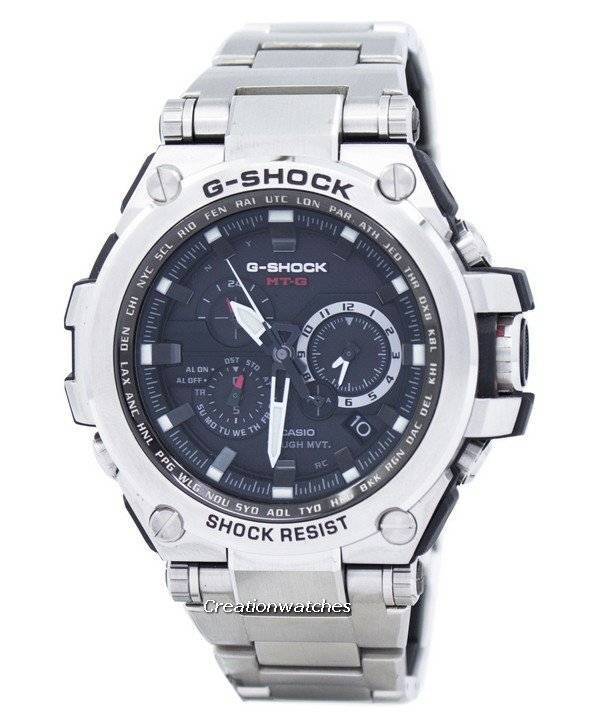







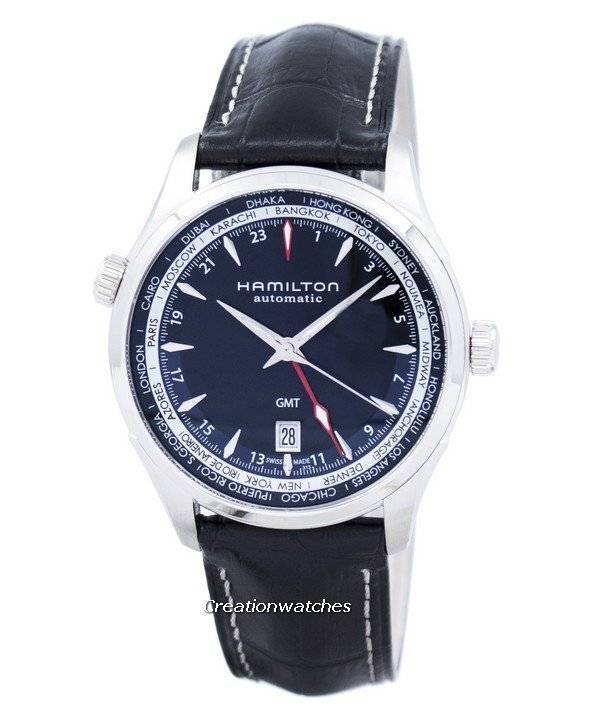









I get pleasure from, lead to I discovered
exactly what I used to be looking for. You have ended my
four day long hunt! God Bless you man. Have a nice day.
Bye